In Counter-Strike 2 the competitive system has been slightly reworked and a brand new competitive game mode has been added. We’ll now have more choice than ever over how we want to compete. Lets go over the two competitive modes — Competitive and Premier — and take a look at what the big differences are.
Difference Between Premier and Competitive in CS2
The main standard Competitive mode is still mostly the same as is was in CSGO. It has the same matchmaking rating (MMR) system and ranks. You’ll need to complete 10 matches to get your rank. As you get wins you’ll gain MMR and with losses you lose MMR. The MMR adjustments are not visible — they take place in the background. You never really know when you’re moving up or down a rank. One of the main changes to Competitive this time around is that it’s now not an overall rank for all maps. It’s been changed so that you have a separate rank for every single map in the current rotation.
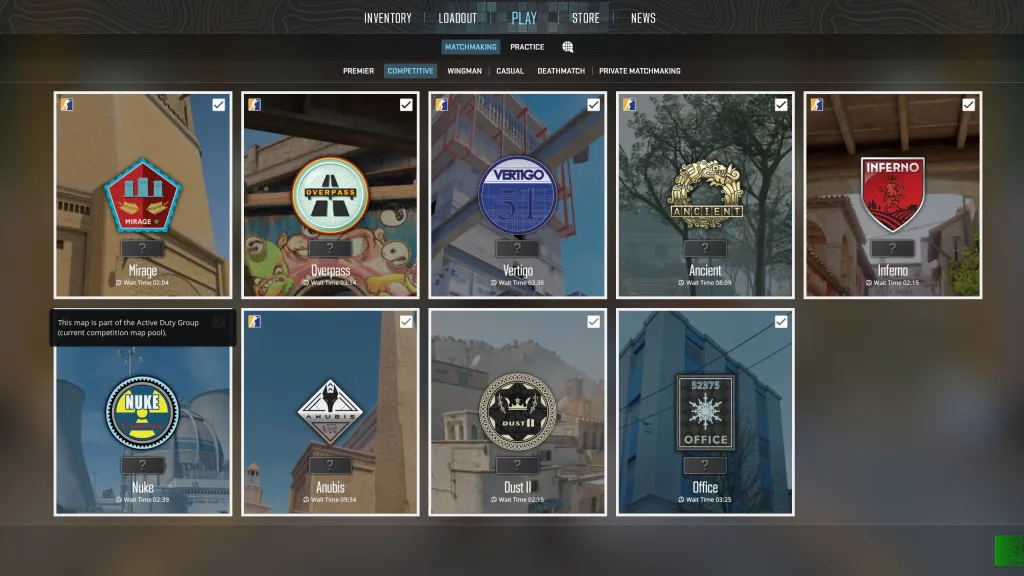
This rank change is designed to give players the flexibility to dive into maps they aren’t confident playing without worrying about impacting their teammates. Before, if you were incredible at playing Nuke but had not played Anubis much you’d be at a disadvantage. You’d have to play against players who are your rank and perhaps play that map all the time. Now in CS2 you will have a rank that corresponds to your skill level on each map. This means you could be Global Elite on Nuke but Gold Nova 1 on Anubis. You’d then be matched up with players at a similar skill level on that particular map. Overall it’s a pretty cool change — some players will love it and some players won’t.
If you just want an overall rank for every map, you should consider the new mode Premier. The Premier ranked mode takes things down a path more akin to a tournament style. You have one overall rank for every map and it’s denominated in a single rating number. As you complete and win matches, you’ll see your rating number go up. Lose matches and you’ll see your rating number go down. It’s all very visible and easy to tell where you stand. There is a global leaderboard to see how you stack up to your friends and all other players. When playing Premier mode, instead of choosing the map you want to play like in Competitive, it’s a pick and ban system. It’s very similar to the likes of how picking and banning maps works in pro matches.
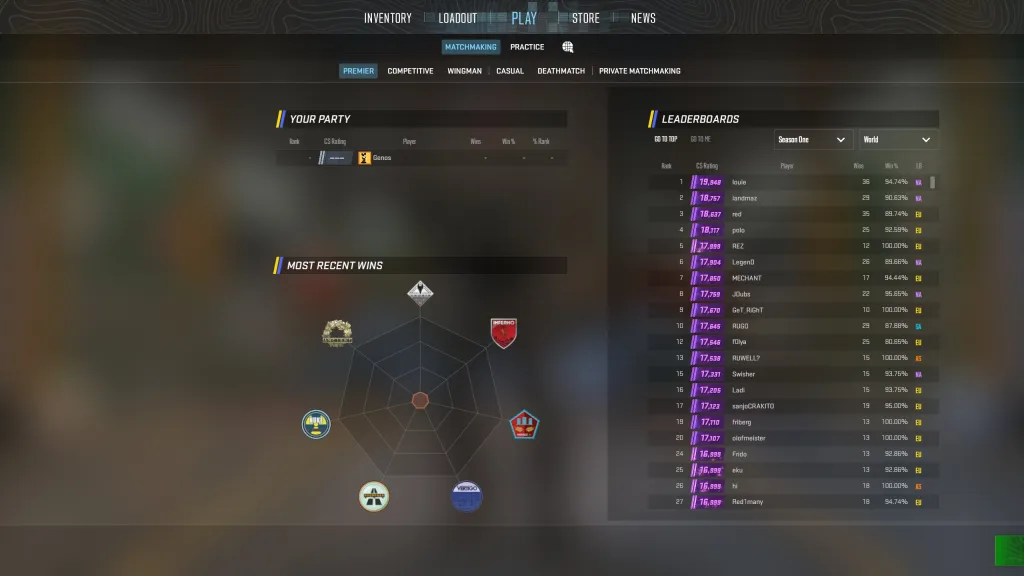
While the rating is just a number, it does have values which line up with the traditional ranks. Here’s the comparison:
- Silver 1- Silver Elite Master: 0-1999 Premier rating
- Gold Nova 1 – Gold Nova Master: 2000-5999 Premier rating
- Master Guardian 1 – Master Guardian Elite: 6000-8999 Premier rating
- Distinguished Master Guardian – Legendary Eagle Master: 9000-12,999 Premier rating
- Supreme: 13,000-14,999 Premier rating
- Global Elite: 15,000+ Premier rating
Those are the main differences between the Competitive and Premier modes in CS2. It’s nice to have the ability to choose between the two very different styles of competitive modes — Competitive for the classic ranked experience and Premier for the fresh new pro tournament style play.

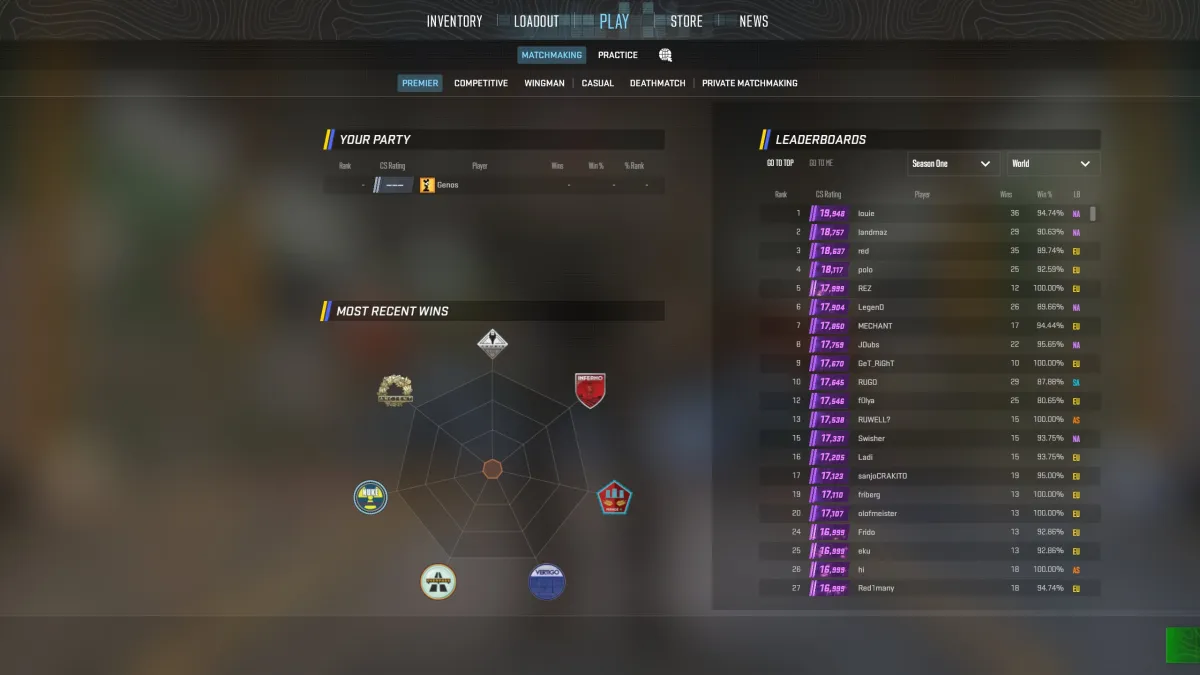


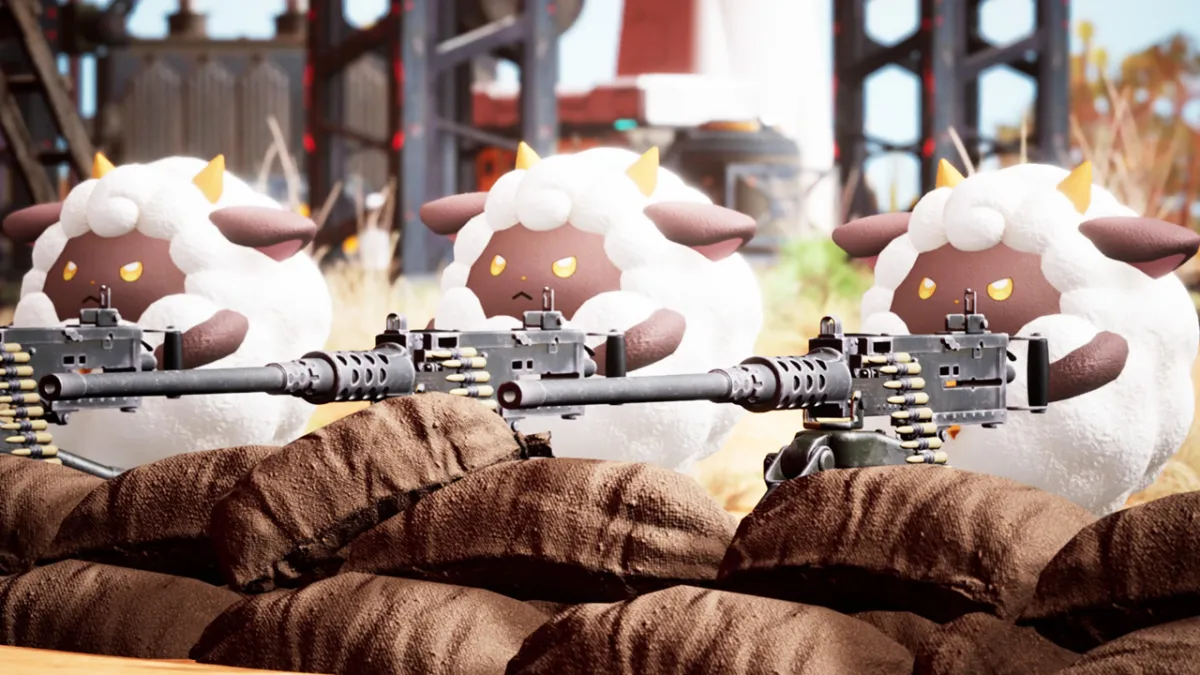

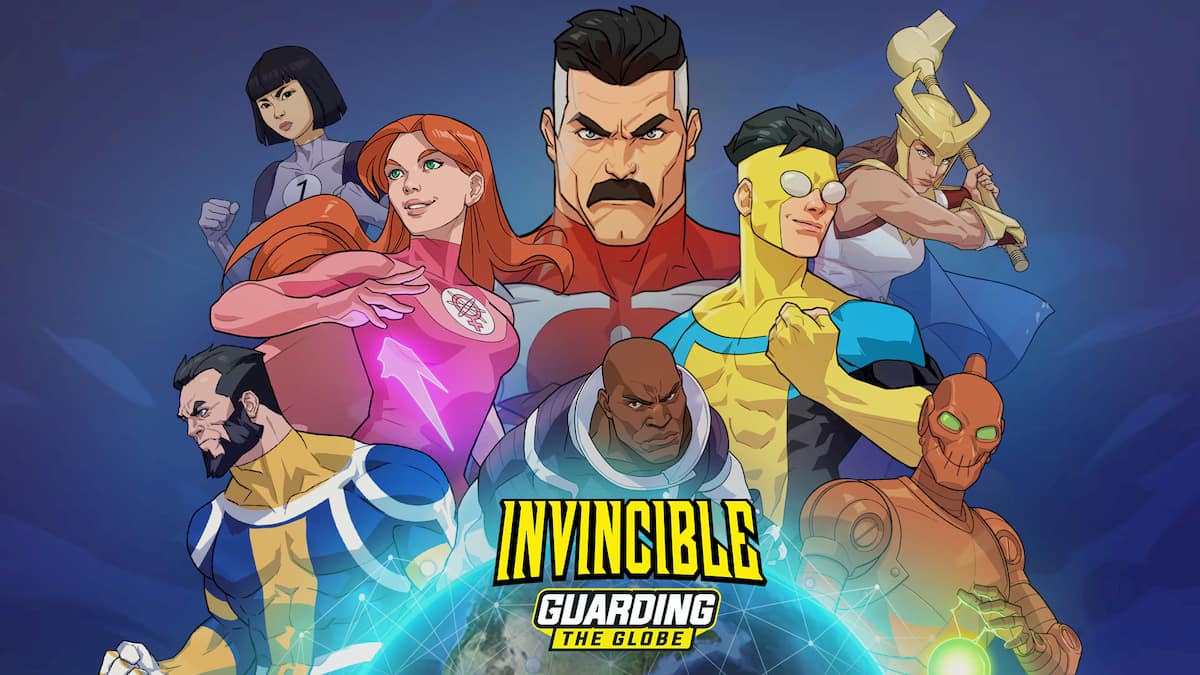


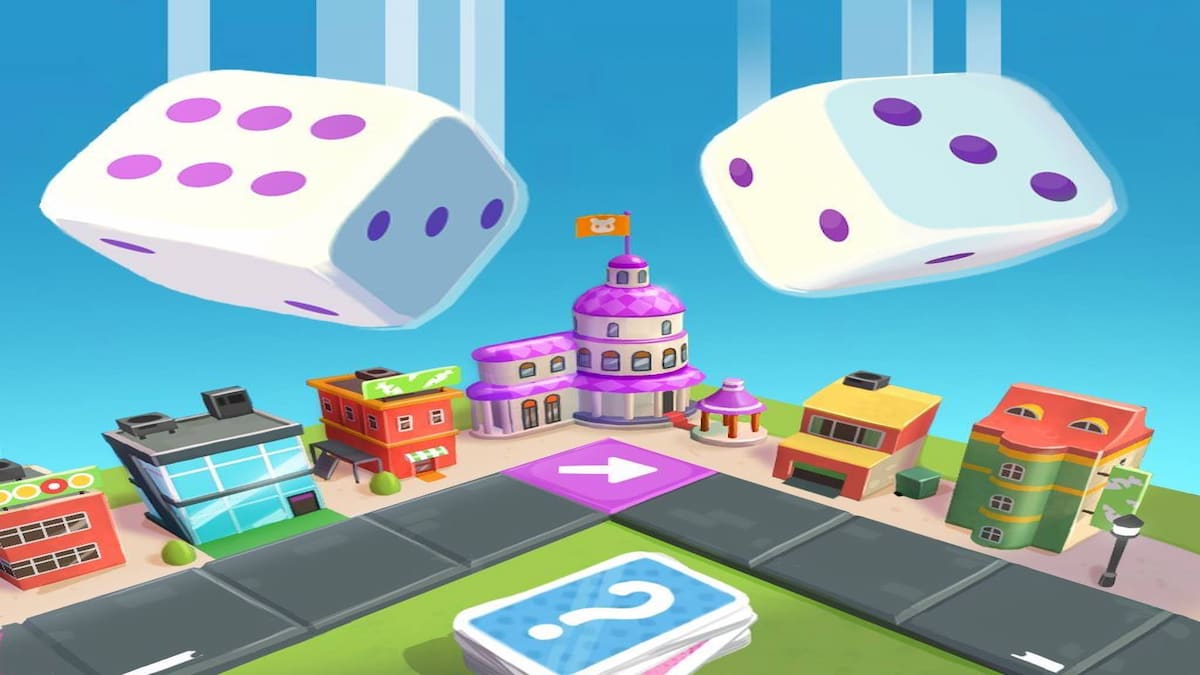


Published: Sep 29, 2023 7:08 AM UTC